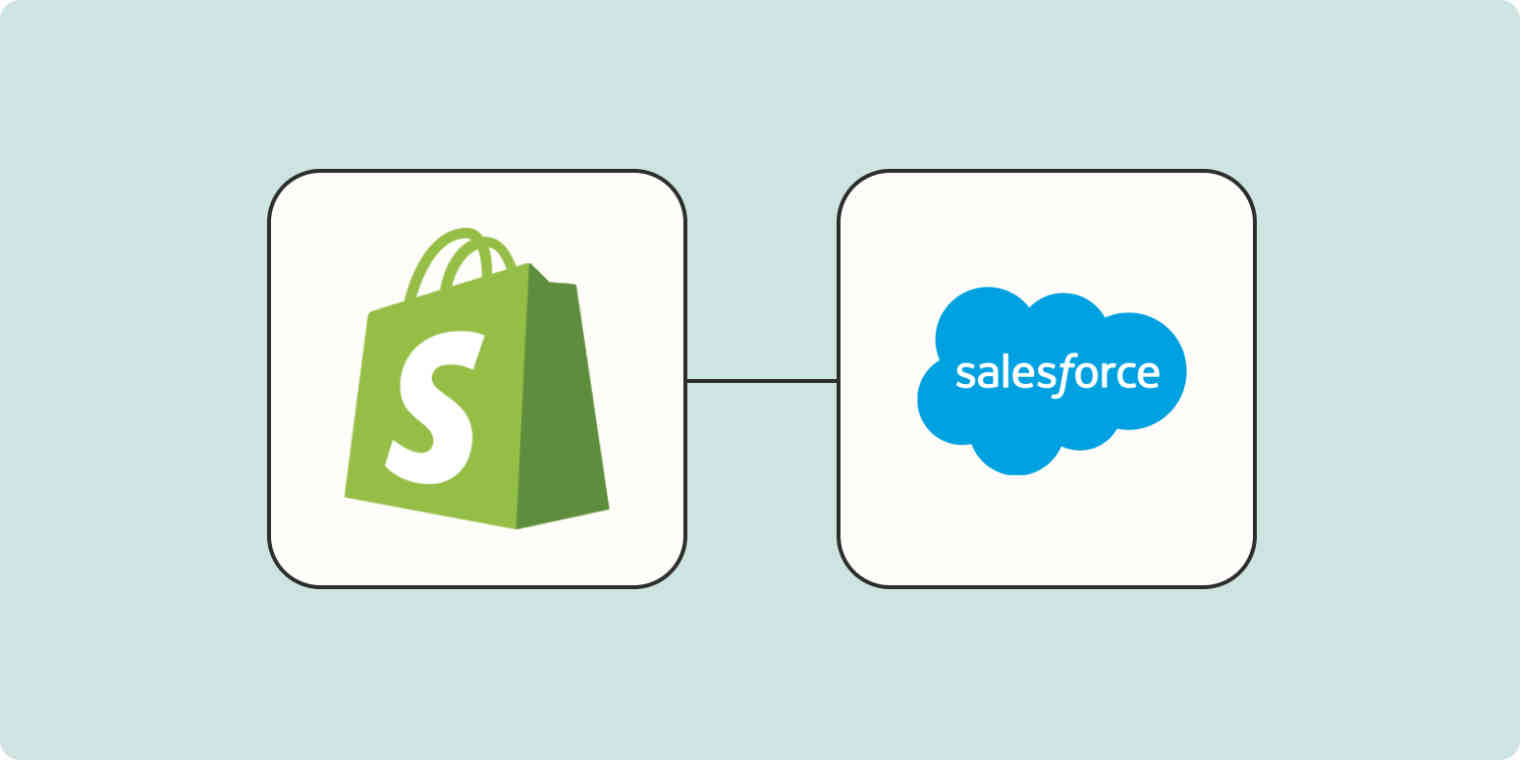The introduction of Web3 technology has brought about a paradigm change in the real estate industry in an age of constant technical advancement. Web3, which is set to revolutionize real estate practices, is distinguished by its decentralized architecture made possible by blockchain technology and smart contracts. The complex interactions between Web3’s architectural features and the real estate market are summarised in this introduction.
What Web 3 Technology Is and Is It Decentralised?
Web3, which is a development of Web 2.0, represents a decentralized internet model driven by distributed ledger technologies such as blockchain. Transparency, decentralization, and user sovereignty are among its guiding ideals. Because Web3 is decentralized, it eliminates the need for traditional middlemen in real estate transactions by facilitating peer-to-peer exchanges that break down barriers and information asymmetry.
Importance of Using Web3 to Change Practises in Real Estate
The use of Web3 in real estate creates an atmosphere that is impenetrable to tampering and distrustful, which is a revolutionary development. Web3 protocols with smart contracts integrated into them automate transactional processes, eliminating the need for middlemen and accelerating real estate transactions. This revolution redefines the way real estate operates by bringing forth more efficiency, reduced costs, and increased accessibility worldwide.
Web3’s advantages for enhancing security and transparency in real estate transactions
Web3’s unchangeable blockchain record strengthens security by preventing fraudulent activity and unauthorized changes, while also fostering unmatched transparency in property ownership and transaction histories. Web3 protects data integrity and guarantees the provenance of real estate assets by using cryptography and decentralized consensus methods.
This essay aims to explore the various facets of the convergence of Web3 and real estate, clarifying the ramifications, opportunities, and difficulties that arise when both domains come together.
Property Asset Tokenization
Real Estate Tokenization: An Overview of Its Use
The depiction of physical assets as digital tokens on blockchain networks is known as asset tokenization, and it is a key idea in the Web3 paradigm. Partially dividing up property ownership into exchangeable tokens is a transformational process in real estate. The real estate markets are made more liquid and accessible by these tokens’ transferability, divisibility, and verifiable ownership.
Benefits of Blockchain-Based Real Estate Asset Tokenization
Tokenization’s integration of real estate assets onto blockchain networks democratizes investment opportunities and redefines ownership paradigms. It makes fractional ownership possible by reducing entrance barriers, which in turn accommodates a wider range of investors. Furthermore, the openness and immutability of blockchain technology improve the provenance and traceability of real estate assets, boosting investor confidence.
Instances of Effective Real Estate Tokenization Initiatives
The tokenization of real estate has shown disruptive promise in a number of innovative endeavors. Blockchain has been used to tokenize property ownership in projects like “The St. Regis Aspen Resort” and “The Shard” in London, facilitating fractional investments and expediting real estate transactions. These examples show how the tokenization of Web3 can cause a revolution in conventional real estate practices.
Decentralized Marketplaces for Real Estate
Examining Web3-Based Platforms for Real Estate Deals
Web3’s cornerstone, decentralized real estate marketplaces, upend traditional centralized intermediaries by facilitating peer-to-peer real estate transactions. These blockchain-powered services do away with middlemen, cutting expenses and speeding up transactions. The revolutionary potential of Web3-driven marketplaces to revolutionize real estate transactions is uncovered in this section.
Facilitated Peer-to-Peer Transactions via Decentralised Marketplaces
Real estate marketplaces are where Web3’s decentralized philosophy comes to life, allowing buyers and sellers to transact real estate directly and seamlessly. Smart contracts simplify contracts by automatically executing them when certain criteria are met.
Providing Security and Transparency in Decentralised Real Estate Exchanges
Web3’s decentralized real estate marketplaces are based on the cryptographic security and transparency of blockchain technology. When smart contracts are implemented in an autonomous and transparent manner, they mitigate trust-related issues and lower the possibility of fraud. Blockchain adds transparency and protects against unauthorized changes by storing transactions in unchangeable blocks.
The combination of Web3’s decentralized marketplaces with tokenization has the potential to completely transform the real estate sector. These components give the real estate market hitherto unheard-of levels of liquidity, accessibility, and security by accepting fractional ownership and eschewing middlemen. This article delves deeply into these revolutionary processes, highlighting the intersection of real estate tradition with technical prowess.
Intelligent Contracts for Property Deals
Overview of Smart Contracts and Their Use in Real Estate Transactions
One of the main innovations of Web3, smart contracts bring programmability to real estate transactions. These self-executing contracts automate transaction phases and maintain correctness and transparency by encapsulating terms and conditions within the code.
Using Smart Contracts to Automate Real Estate Transactions
By automating procedures like escrow, title transfers, and payment release, smart contracts transform real estate transactions. These self-verifying contracts reduce the number of middlemen and speed up transaction timeframes by automatically executing when predetermined conditions are met.
Smart Contracts in Real Estate: Benefits for Efficiency and Trust
Using smart contracts in real estate gives transactions tamper-proof execution, transparency, and immutability. They lessen the possibility of mistakes and conflicts by minimizing human involvement. Because the technology incorporates contractual duties directly into the code, it fosters confidence among stakeholders.
Blockchain in Property Management and Ownership
Using Blockchain to Provide Open Records of Property Ownership
Property ownership records are enhanced with transparency and tamper-proof features using Web3’s blockchain technology. Due to the distributed ledger architecture of blockchain, ownership history is guaranteed to stay unchangeable, which minimizes disagreements and uncertainty.
Using Blockchain to Manage Leases, Rental Agreements, and Property Maintenance
Property management and rental agreements can benefit from blockchain’s immutability. Parties can access a transparent and verifiable history of interactions by using the blockchain to record lease terms, rental payments, and property maintenance activities.
Blockchain-Based Property Records: Enhancing Dispute Resolution and Cutting Fraud
Blockchain addresses fraud and conflicts in property records beyond data quality. Unchangeable property records reduce uncertainty about who owns what, making dispute resolution easier. Furthermore, the transparency of blockchain discourages fraudulent transactions.
Digital Real Estate Assets and NFTs
Examining the Use of NFTs in the Real Estate Sector
Through the tokenization of distinct digital and virtual assets, non-fungible tokens (NFTs) expand their influence throughout the real estate industry. These assets can include digital collectibles, virtual real estate, and more, creating new opportunities for ownership and profit.
Using NFTs to Tokenize Digital Property and Virtual Real Estate
Tokenization with NFTs is a promising approach for virtual real estate, which is frequently used in metaverse environments. These tokens grant plot ownership, strengthening the concept of ownership in virtual environments.
Opportunities for an NFT-Powered Virtual Real Estate Market
The development of a decentralized virtual real estate market is accelerated by NFTs. This ecosystem promotes digital property ownership, trade, and monetization, leading to a paradigm change in the way people view real estate.
Difficulties and Regulatory Factors
Handling Legal Difficulties in Web3 Real Estate Deals
Because Web3 is disruptive, it creates legal problems that require creative solutions. Regulations must be adjusted to account for the legal enforceability, ownership disputes, and jurisdictional issues associated with smart contracts.
Regulations Associated with Blockchain-Powered Real Estate Transactions
Property transactions facilitated by blockchain require digitally savvy regulatory frameworks. To align the legal system with technological progress, legislators, industry stakeholders, and legal experts must work together.
Making Sure Local Property Laws and Regulations Are Followed
Web3 real estate endeavors are subject to current local property rules and ordinances. Maintaining compliance while taking use of blockchain’s advantages highlights the fine line that must be drawn between innovation and legal compliance.
Conclusion
Using Web3 technology in real estate signals the beginning of a revolutionary period. Tokenization and NFTs are two cutting-edge ideas that, when combined with blockchain development, promote efficiency, trust, and transparency in real estate transactions. Property ownership, transactions, and even virtual real estate can all join a secure decentralized environment thanks to blockchain technology. The combination of Web3 and real estate gives industry participants a chance to take advantage of these developments and create a beautiful fusion of digital and conventional assets. Working with knowledgeable developers—whether they specialize in Laravel or blockchain development—becomes essential to creating these complex solutions. Stakeholders may shape a future where real estate transcends traditional limits through technology-driven innovation by embracing Web3’s promise.



